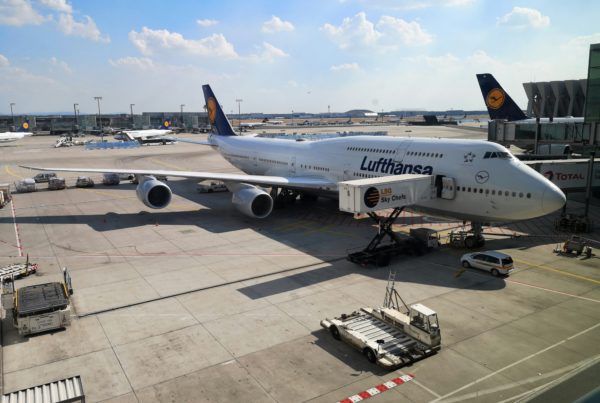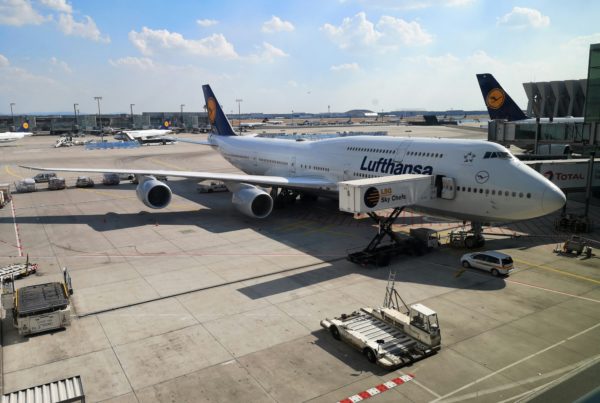A promising innovation for a carbon-free future
A remarkable breakthrough is on the horizon for the aviation industry, with Rolls-Royce's successful completion of a key test for its hydrogen engine. In collaboration with the airline Easyjet, the manufacturer has carried out a transformative test substituting hydrogen for the usual kerosene in a small aircraft engine. This technical feat offers a glimpse of a future where aviation could become carbon-free.
Detailed review of the innovative trial
At the Salisbury military test site, to the west of London, this unprecedented trial took place during the weeks of November, involving an engine normally used on regional aircraft. In an innovative process, the hydrogen used was derived from renewable energy sources, mainly wind and tidal, and was administered in the gas phase to power the engine under test, demonstrating the company's cutting-edge technology.
Future testing and long-term ambitions
Rolls-Royce and Easyjet have no intention of stopping there. They are planning a further series of tests, including the evaluation of a Rolls-Royce engine, the Pearl 15. The ultimate aim is to carry out flight tests, an ambition that presupposes the resolution of substantial challenges, namely the efficient and safe storage of hydrogen.
The challenges of hydrogen fuel
- Storage : Liquid hydrogen, which takes up less space than its gaseous version, needs to be stored at a very low temperature, i.e. -253°C. Even at this temperature, its volume remains considerable compared with kerosene, for a similar energy content.
- Production : Despite its abundance in nature, hydrogen cannot be exploited directly and must be synthesized. Electrolysis, the separation of hydrogen and oxygen in water using clean-energy electricity, is used to produce "green" hydrogen. Other, less environmentally-friendly methods are also used to produce "grey" or "blue" hydrogen.
Conclusion and outlook
The completion of this trial represents a fundamental step forward for Rolls-Royce and Easyjet towards reducing carbon emissions. There are many developments to come, although the road to fully hydrogen-powered aviation is fraught with technical obstacles and environmental challenges. However, this success attests to hydrogen's potential as a cornerstone of efforts to decarbonize the aviation sector.
Source
(AFP)




